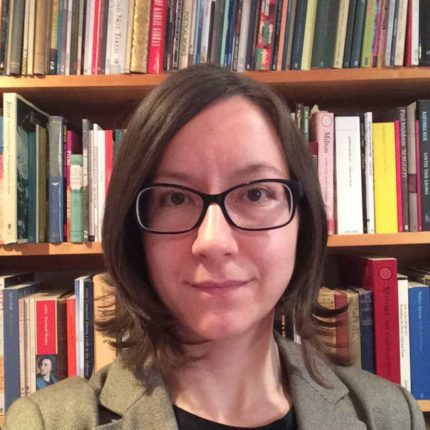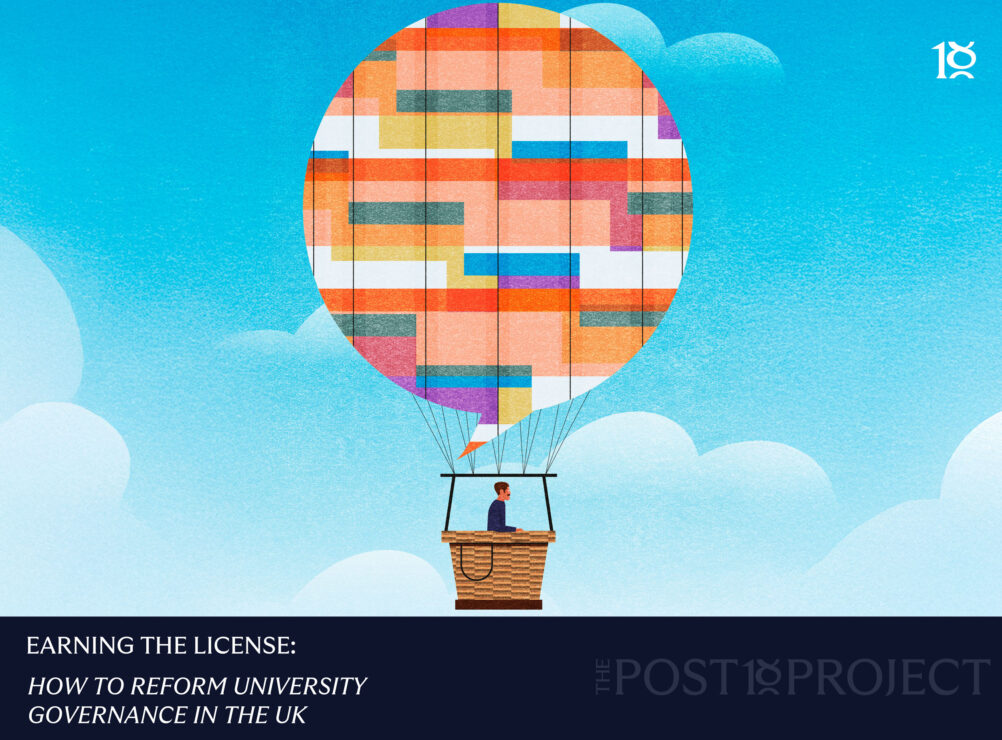A recent article on Wonkhe by Anna Bull on ‘staff-to-student’ sexual harassment raises alarm bells about the way sexual harassment is being discussed in UK higher education. Bull uses her article to promote her consultancy as the answer to a problem that she dangerously misrepresents and with the issue gaining increasing attention on Wonkhe and in the Guardian, it’s imperative that we reconsider the direction that the debate is taking.
Sexual harassment is bad enough that we should deal with it for what it is, without inflating our claims and positions, without using hyperbole, and without making it seem insurmountable. Sexual harassment is a problem that we can – and must – address.
Yet Bull’s article does not offer any actual solutions to the problem of sexual harassment. In spite of this, it sounds persuasive, sensible and practical. But we need to ask for more rigour from those who claim to be offering genuine ways forward in overcoming sexual harassment. She makes three proposals about how universities should respond to sexual harassment, but each of these proposals is misguided.
Firstly, relationships between students and academic staff should not be banned, because to do so would be to constrict the freedom of adults to an unacceptable degree. While such relationships may not be desirable, or something that I or others would wish to take part in, it is heavy-handed and aggressive to try to curtail the intimate choices of other adults through a ban.
Further, such relationships should not be banned because they are not a cause of sexual harassment. Bull does not present any connection at all between student-teacher relationships and sexual harassment. The suggestion that banning the relationships would lead to the ending of the sexual harassment is not backed up in the article, and this is because they are not actually related.
Secondly, universities should not treat the relationship between student and teacher like the relationship between patient and doctor, because it is not the same. The kind of trust that we look for between patient and doctor is not analogous to the kind of trust we expect between student and teacher. We trust doctors to touch our bodies, often in intimate, uncomfortable or painful ways; to see us semi-clothed or naked; to safeguard deeply personal information about us, our medical histories, and sometimes those of our families and loved ones; to prescribe treatments for us, sometimes involving powerful drugs and invasive procedures. This is not the same sort of trust that a student is asked to place in their teacher, and Bull’s use of this line of argument is spurious. She uses it in order to strengthen the claim that student-staff relationships should be banned, but as the nature of the relationship is not the same, there is no need to see this as supporting such a ban.
Finally, universities should use mediation much more in relation to sexual harassment, rather than ruling it out as Bull proposes. Mediation can be a genuinely useful and transformative conversation between people who otherwise could find no acceptable way to deal with their conflict. It is no panacea; but nor should it be regarded as a ‘soft’ or unserious option. Mediation can enable people in conflict to think through and understand their own position and experience more clearly, and the position and experience of the person(s) they are in conflict with. It can offer a space that works actively against the hierarchy and power relations of the university, and enable participants to find confidence and respect even as they disagree. Mediation can also be usefully impervious to the hierarchies on which harassment relies, and can serve to clarify positions rather than impose agreement. It can be a place for understanding, transformation, and the championing of the voices of those otherwise sidelined as victims.
Talking about sexual harassment is not easy, and won’t get easier if we close down avenues of communication and transformation. Because sexual harassment can be so difficult to talk about, demonstrate, investigate, prove, and to disprove, it is dangerous to confuse matters by claiming, as Bull does, that the recent Lee Salter assault case at the University of Sussex and the Sara Ahmed resignation case at Goldsmiths are equivalent, or indeed evidence of widespread sexual harassment, of which neither is a case. It’s dangerous for us to collapse different issues together like this because it prevents us from addressing sexual harassment for what it is and trying to think clearly about it.
It’s also clear that we need to think much more carefully about the way we talk about individual cases that have come to light. The way in which confidentiality agreements are used sometimes enable internal disciplinary procedures to take place without staff even knowing what they have been accused of. This has led to public debate (often online) about incidents that few people have the full facts about, with the accused lacking any legal right to reply. It’s important, when reading such stories, to keep in mind the legal restrictions on those involved, as the mob mentality that often emerges in such cases only serves to further muddy the issue of real sexual harassment in higher education.
The 1752 group use the term ‘sexual harassment’ in ways that are too broad. Comments on clothing, student-staff socialising and indistinct boundaries may not be wise or desirable, but they are not the same as sexual advances, unwanted touching, using sex as a bargaining chip, or discrimination on grounds of gender or attractiveness.
If sexual harassment in higher education is the serious and prevalent issue that Bull claims it is, she should be able to point to instances – even allegations – of it and to do so plainly, rather than conflating unconnected incidents to make the case for unwarranted changes in policy that stand little chance of actually dealing with the problem.














Both Claire and Anna (who was also at Goldsmiths, wasn’t she? – at least that’s where I think I met her) leave out the question of fees and jobs: with students facing another £9k p.a. divided by four if they fail your course, leave alone the effects of retaking etc on getting the secure semi-professional job that most students aspire to, growing abuses and allegations are almost inevitable, such as occur in many other countries where some students have explained to me that it’s generally accepted you have to sleep with your professor to pass the course. (‘Betraying a Generation,… Read more »